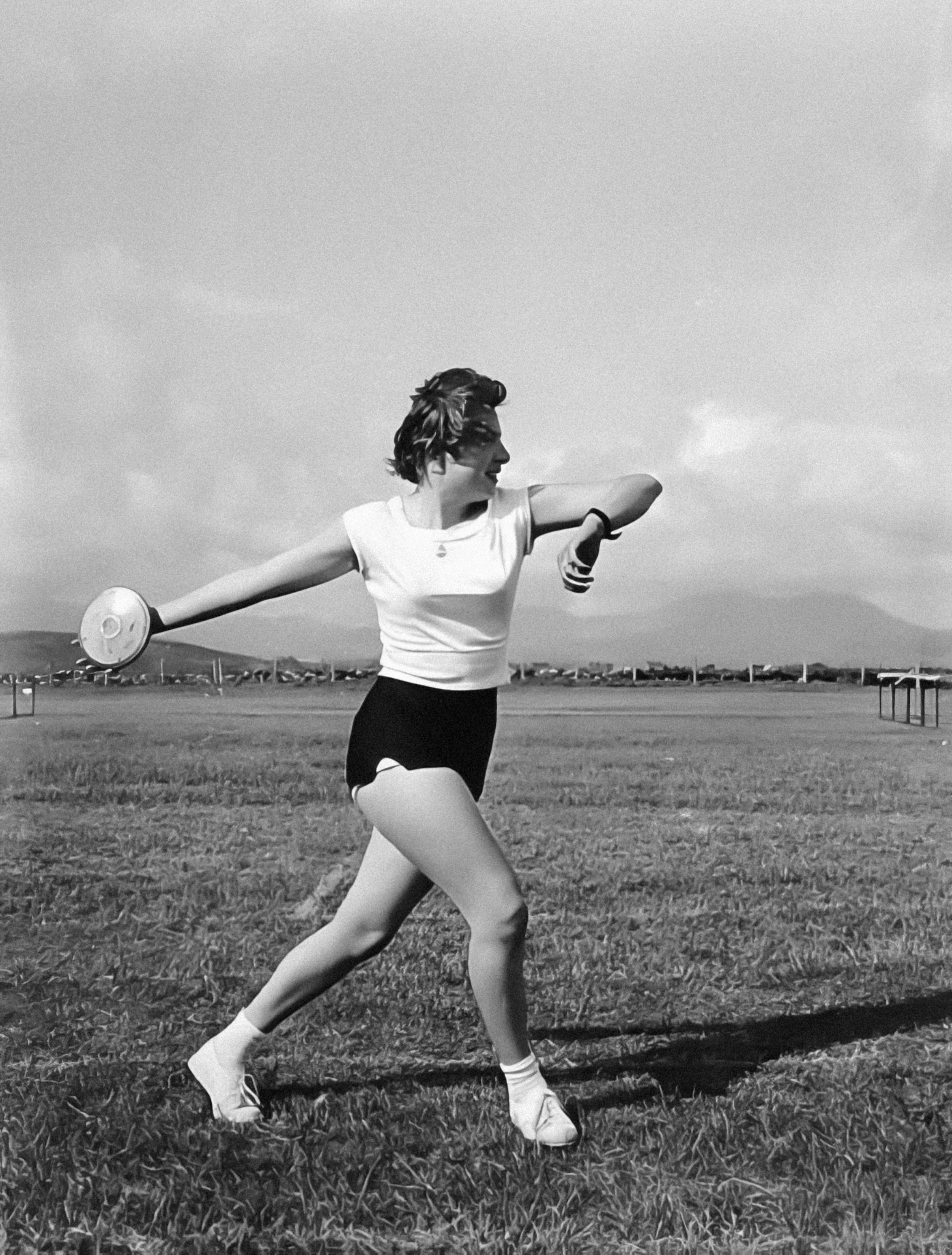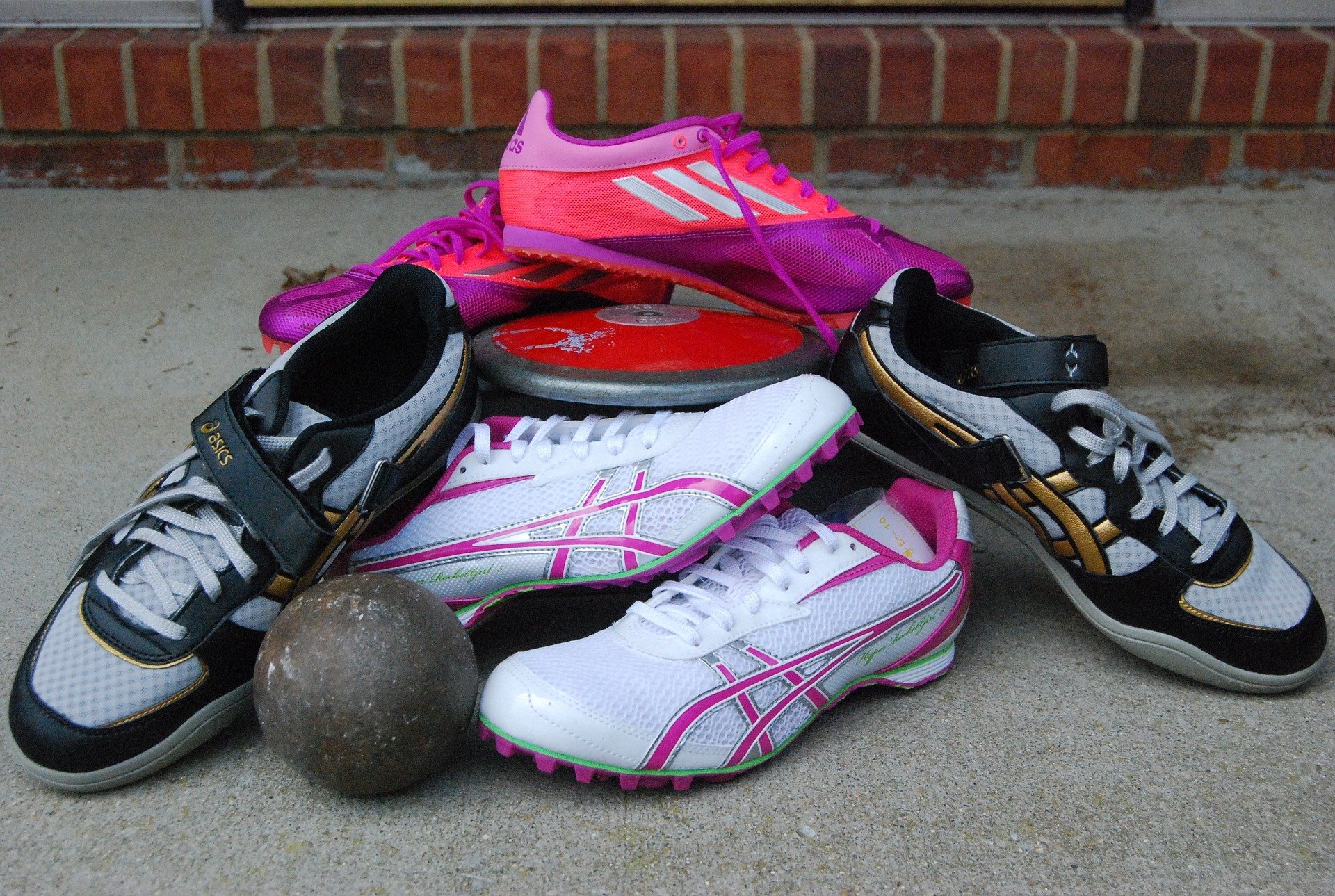How to Workout Better In 2021
We have now officially made it to 2021. Farewell, 2020.
With the new year, comes the opportunity to pursue new aspects of your life. Many people set New Year’s Resolutions as they set goals and expectations for the year ahead.
One of the most popular New Year’s resolutions is a physical fitness resolution. People make goals to lose weight, run a marathon, or bulk up at the gym.
If you are like 45% of people you may have decided to lose weight or get in shape for the New Year.
Here are four tips to help you achieve all your fitness goals for 2021.
Pick Realistic Goals
In order to achieve your goals, it is important to set realistic goals, and set several of them. When picking a realistic goal, consider how long it takes the average person to complete that goal. Base your goal around that average and adjust as necessary based on your previous experience with exercise or weight loss.
For example, if you have decided that you want to lose weight, first pick a realistic amount of weight you want to lose each week. Pick this amount by looking at the average weight a person can lose in a week. Also, consider how much weight loss is healthy and sustainable over a short period.
Once you have done this, decide how many weeks in the year you will want to try to lose weight. Then, tally up the total for every week. This total will be your weight goal for the year. Use the weekly information to set mini achievements got each week and month.
This will make the task of losing weight less daunting. Instead of thinking about losing 50 pounds in a year, you can focus on losing a pound each week.
Setting up regular goals for getting in shape would be organized in a similar manner. You might decide to set a daily goal of working out 30 minutes each day. A weekly goal could be to work out at least four times a week.
Always set your exercise goals slightly higher than what you think your limits are. As you follow your weekly training, you will gain strength and determination, so previous limitations will become things of the past.
Weekly and monthly goals will also help you assess your progress. They will also motivate you to keep going week after week. This will help you stick to your resolution for the entirety of the New Year.
2. Don’t Buy New Equipment… yet
Now that you’ve broken down your New Year’s resolution into small manageable goals, it’s time to hit the gym. But don’t buy any new equipment just yet. Before you decide to invest in a Peloton bike or get a new gym membership, establish a routine with bodyweight workouts or your current equipment.
The fitness industry makes millions each year off of people who make a fitness resolution and buy subscriptions/equipment, but never follow through.
It takes about 30 days to form a habit. This may not be the case for everyone, but this is the general consensus. So, when trying to form a new healthy habit, the first thirty days are crucial for setting how your performance will be.
During, these first 30 days you should invest your time in setting up a regular time to work out and establishing healthy lifestyle changes. You can do this by engaging in various bodyweight circuits. Trying different bodyweight workouts, like pilates or sprints, will also help you decide which workouts that you like.
Most importantly, they will get your body accustomed to the physical toll that comes with regularly breaking a sweat, like feeling more energetic and muscle soreness. Over thirty days of repeated workout your body will get used to this baseline.
Once you have been moving around for the first thirty days, you will find that you have a strong understanding of your relationship with your body, as well as what motivates you.
After doing thirty days of regular workout, healthy eating, and proper sleep, evaluate if you would like to get new equipment. You may decide that you don’t need equipment at this point, which is also great. You can achieve incredible holistic physical health without any additional equipment.
Whatever you decide, you should only consider buying additional equipment, once you have gotten yourself committed to a regular workout routine.
3. Pick a Workout that You Love
Now that you have a plan and that you have gotten into a workout rhythm, it’s time to add workouts that you love to your routine. In order to lose weight or get in better shape, you need to be doing something that you enjoy. Three hundred sixty-five days is a rather long time to repeat a routine that you do not enjoy.
To find a workout that you really enjoy, it may be helpful to try different workout styles. As suggested above, in the first thirty days of the new year try out various workouts.
Get suggestions from friends, family, and the Internet. Try sprints, yoga, pilates, Olympic lifts, HIIT workouts, going for walks, Zumba, and any other ways to get your body active.
Every workout will require different types of movements. Find the one that works best for you based on your flexibility, strength, and health conditions.
Remember that working out should not be painful. If you find that you dread working out, you should reconsider why this is the case.
If you feel unbearable amounts of soreness, you might want to decrease the intensity, while increasing the volume. If you hate cardio, but love throwing around heavyweights, add exercises that use fewer reps but are at higher weights.
If you put together a workout schedule that you love, you will find that working out will be enjoyable and it will be easier to stick to your resolution.
4. Stop Counting Calories
A final piece of advice is to avoid calorie counting. Calories don’t really have real value in terms of health. Scientifically, a calorie is the amount of energy required to raise 1g of water 1 degree Celsius. Essentially, it is a unit for measuring energy. A packet of Skittles may have 250 calories, while an apple may have 95 calories.
The problem with using this unit for food is that calories ignore the type of foods one consumes. Eating two apples does not have the same effect on your body as eating a packet of Skittles. The artificial sugar in Skittles will harm your body, while apples have natural sugar and are packed with beneficial vitamins.
Instead of calorie counting, focus on integrating healthier food into your eating habits. Incorporate more vegetables, fruits, and whole grains into your diet. Decrease the amount of meat, fried foods, and artificial sugars you consume. Finally, ditch the sugary drinks, and drink water instead.
If you are still not swayed, another reason calorie counting is not great is that it is not sustainable. Calorie counting does not consider how your body will need more or less energy as you work out or change your monthly routines. It also can lead to an obsession with food, which can negatively impact your mental health.
While improving your physical health, you should focus on making changes that you can sustain for a lifetime, rather than temporary changes to drop a few pounds quickly.

































